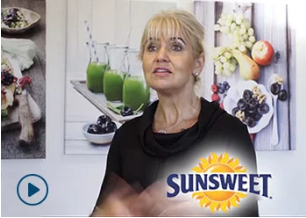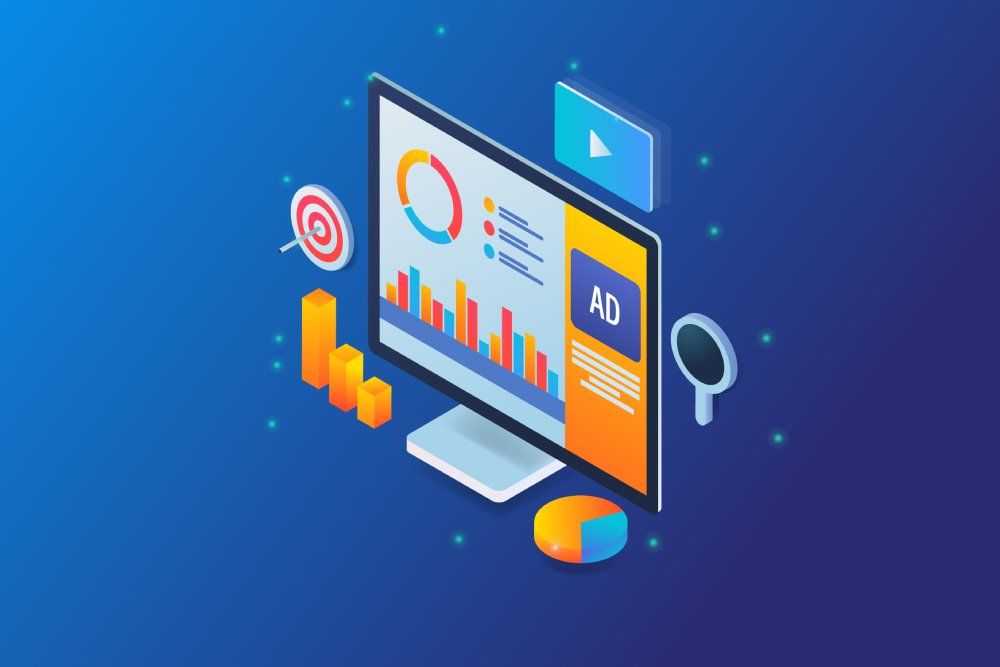- HOME
- ABOUT US
- SERVICES
- CUSTOMER STORIES
- OUR EXPERTS
- AI KEYNOTE SPEAKER
- CONTACT US
- RESOURCES
555-555-5555
In need of some sound digital marketing advice?
Book a free consultation with one of our experts.

Making a difference in our clients’ lives
We positively impact the lives of our clients beyond their KPI reports.

The Perfect Paid Search Advertising Campaign
Gerardo Kerik
Digital Marketing Consultant
May 10, 2022

How can you get more out of paid search advertising? Let’s discuss ad conception, creation & how that ties in with your landing page.
The Pay-Per-Click (PPC) Model
Pay-Per-Click, or PPC for short, is the model used by Google and other advertising services. The model charges the user’s account for every click on an ad. The amount charged is dependent on the competition for a specific keyword and the user’s budget for the ad campaign.
You can gauge competition for a keyword by using the Google Ads Keyword Planner.
Make sure you have a Google account so you can use the feature. If you have a Gmail account, you can link that to any other Google services.
The keyword “digital marketing” has average monthly searches of 1K to 10K and medium competition. At the time of writing the top of page bid low range is R9.55 and the high range is R41.81.
What this means is to be guaranteed of outbidding the competition for the keyword, you need to bid R42 or higher. Generally, the bidding process is fair by giving all bids within the low and high range a fair chance. The number of impressions your ad receives will depend on your budget.
Please note the information above pertains to the South African market. Targeting different territories will impact on the competitiveness, search volume, and cost.
Keyword research is the cornerstone of any copywriting. If you find a keyword with a high search volume and low competition, you’re well on your way to success.
Creating The Paid Search Advertising Campaign
Okay, you have the perfect keyword. What now?
Decide on your budget, both Google ads and Microsoft Advertising allows different ways to set your budget. The most common method is setting a daily budget. Both engines will then aim to keep your spend within your daily limit.
For this article, we’ll be focusing more on Google Adsense.
Choose a budget of at least R100 a day. If your daily budget is too low, you might only get one click per day. That makes it hard to gauge success. You can set up a maximum cost-per-click (CPC).
Setting up a maximum CPC will help you gauge over time whether your bid is sufficient for your industry.
Great, you have a budget in mind.
Consider Your Goal
Placing your first ad is a lot like starting a new blog. Be prepared to make some mistakes and don’t expect overnight success. Since the platforms allow for various ad types, you’ll have to consider your end-goal.
Some of the types of campaigns to consider are:
- Generating sales
- Leads
- Website traffic
- Product and brand consideration
- Brand awareness and reach
- App promotion
Whatever you decide on, remember the benefits of split testing or A/B testing. You may want to generate sales, but you can run the same ad to get website traffic. Sometimes one ad type will outperform the other.
The most experienced digital marketers know this, and they always split test. It’s essential for blog headlines, email subject lines, and ads. In time you will get better at it.
The simplest and most common in the beginning is targeting website traffic with search-based ads.
Continue Creating Your Campaign
Name your campaign (for example, men’s watches) and continue setting up. You’ll need to choose the network for the ad to run on. Google will display ads in search or across other relevant sites for your niche.
In the case of the latter, that approach has become less successful over the years. In part due to ad blockers, and part because fewer webmasters are using Google ads on their sites.
Set up your start date and end date. Without an end date, Google will continue running your campaign indefinitely.
Now you need to choose your target location. If you’re only selling in the South African market, or your business is based here, you may only want to promote ads in South Africa. Similarly, if you own a furniture business in Cape Town, you can (and should) narrow down even further.
Narrowing down your target demographic can end up costing you more money. So again, consider A/B testing here to see what works for you.
Creating The Ad Group
After setting up your campaign, you can now create the ad group. Your keyword planning from earlier comes into play here. Hopefully, you have done your research by now.
Some other planners to consider are Neil Patel’s Ubersuggest or Keywordtool.io.
Using brackets around the keyword will tell Google to look for an exact match instead of a broad match. Google ads describe them like this:
- Keyword = broad match
- “keyword” = phrase match
- [keyword] = exact match
Creating The Ad Itself
After setting up the ad group, you can now create the ad itself. You can create multiple different ads within the same ad group. Remember, your daily budget covers one or multiple ads. So, if you plan on running more than one ad, consider raising your daily budget.
At this point, you’ll be able to see which ad performs best. You can either tweak the others or remove them and focus the budget on the best performing ad.
Google will allow you to create multiple headlines and will display a preview of your ad on the side. Keep tweaking and keep your keyword and goal in mind when creating headlines.
Add a description for your ad. Now you’re ready to publish.
The Landing Page Can Make or Break Your Ad Campaign
There’s a couple of things that make a landing page successful. The first is brevity and a focused approach. Great design helps, of course. You want to entice the customer to take action by offering the value of your product or service as succinctly as possible.
Secondly, make the visitor understand what you’re selling immediately. Make sure your headline urges the visitor to read on.
A landing page with a simple design and direct message increases your conversion rate.
Your entire campaign will fall flat if you don’t optimise the page load time. Make sure it’s quick to load.
Ensure the ad matches up with the landing page’s message. If you have a message mismatch, you will immediately lose visitor trust. Combine it with a strong call-to-action.
Don’t lose the message by showcasing too many features. Instead, show people why they should trust you with testimonials and real solutions to real problems.
Conclusion
Paid search advertising is only as effective as the landing page. Be sure to master both and make them the best they can be. WSI Digital Boost is a full-service digital marketing agency and we can help you design paid search advertising campaigns that will boost your leads and sales. Contact us for more information.
The Best Digital Marketing Insight and Advice
The WSI Digital Marketing Blog is your go-to-place to get tips, tricks and best practices on all things digital marketing related. Check out our latest posts.
Subscribe Blog
Thank you for contacting us.
We will get back to you as soon as possible.
We will get back to you as soon as possible.
Oops, there was an error sending your message.
Please try again later.
Please try again later.
*You may unsubscribe from digital communications at anytime using the link provided in WSI emails.
For information on our privacy practices and commitment to protecting your privacy, check out our Privacy Policy and Cookie Policy.
For information on our privacy practices and commitment to protecting your privacy, check out our Privacy Policy and Cookie Policy.
Don't stop the learning now!
Here are some other blog posts you may be interested in.
Interested in AI Training or Consulting for Your Team?
If your organization is ready to explore how AI can improve productivity and transform your processes, let’s talk.
Book a 15-minute discovery call with us to discuss a custom AI training or consulting plan designed specifically for your team’s goals.
Take the first step toward making AI a powerful advantage for your business!
© 2021 WSI. All rights reserved. WSI ICE and WSI IM are registered trademarks of RAM. Privacy Policy and Cookie Policy
Each WSI Franchise is an independently owned and operated business.



